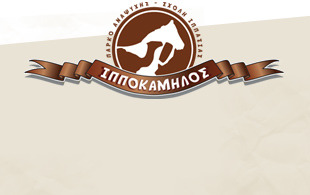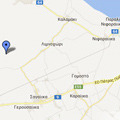More Birds
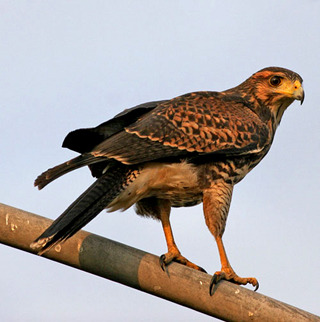 |
Harris's HawkThe Harris's Hawk or Harris Hawk, Parabuteo unicinctus, formerly known as the Bay-winged Hawk or Dusky Hawk, is a medium-large bird of prey which breeds from the southwestern United States south to Chile and central Argentina. Individuals range in length from 46 to 76 cm (18 to 30 in) and generally have a wingspan of 1.1 m (3.6 ft). They exhibit sexual dimorphism with the females being larger by about 40%. In the United States, the average weight for males is about 710 g (25 oz), while the female average is 1,020 g (36 oz). They have dark brown plumage with chestnut shoulders, wing linings, and thighs, white on the base a tip of the tail, long, yellow legs and a yellow cere. The vocalizations of the Harris's Hawk are very harsh sounds. The diet consists of small creatures including birds, lizards, mammals, and large insects. Because it will hunt in groups, the Harris's Hawk can also take down larger prey, such as jack rabbits. |
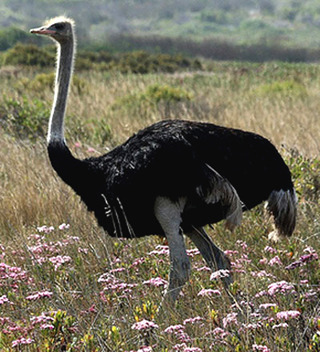 |
OstrichtIt is a huge (stands 2 m tall), terrestrial bird. Males are black and white, females gray brown. Up until the mid 20th century, ostriches occurred naturally in southwestern Asia, the Arabian peninsula, and Africa. They have since been hunted to extinction except in sub-Saharan Africa. Ostriches are herbivorous living mostly on plant matter, but they occasionally eat animal remains left by carnivorous predators. They are very selective feeders, taking the seed heads of grasses and certain flowers and seeds. They sometimes eat locusts. They can survive without water for long periods of time. |
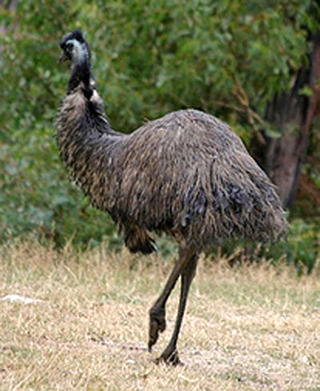 |
ΕmuThe emu is the second largest living bird. The height of the emu averages 1.75 m. Females weigh about 5 kg more than males. Emus are large, flightless, shaggy birds. Their necks and legs are long, but their wings are tiny, reduced to less than 20 cm. Emus have three toes. Chicks are striped longitudinally with black, brown and cream,so they blend easily into long grass and dense shrubbery. Occurs in Australia in all areas except rainforest and cleared land; rare in deserts and extreme north. The emu prefers and seeks a very nutritious diet. They take the parts of plants that have the most concentrated nutrients: seeds, fruits, flowers and young shoots. They also eat insects and small vertebrates when they are easily available, but in the wild they do not eat dry grasses or mature leaves even if they are all that is available. Emus ingest large pebbles to help their gizzards grind up food. They also often eat charcoal. |


